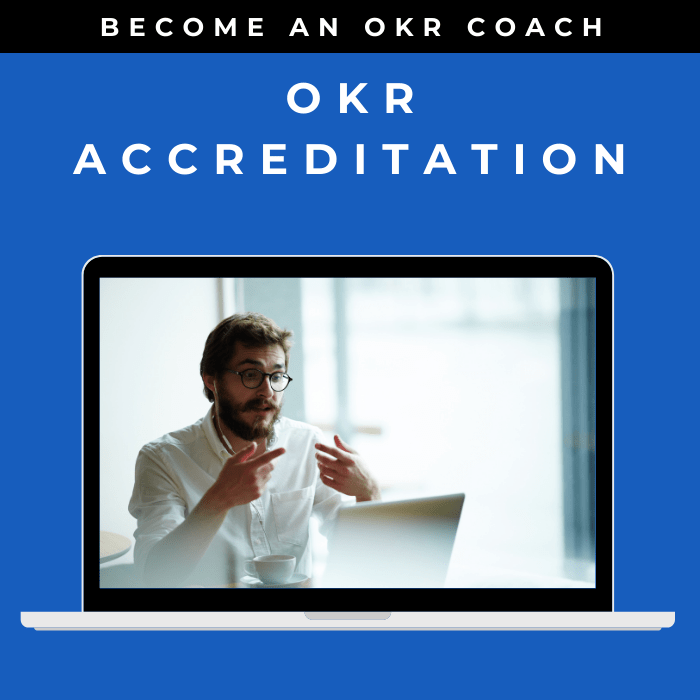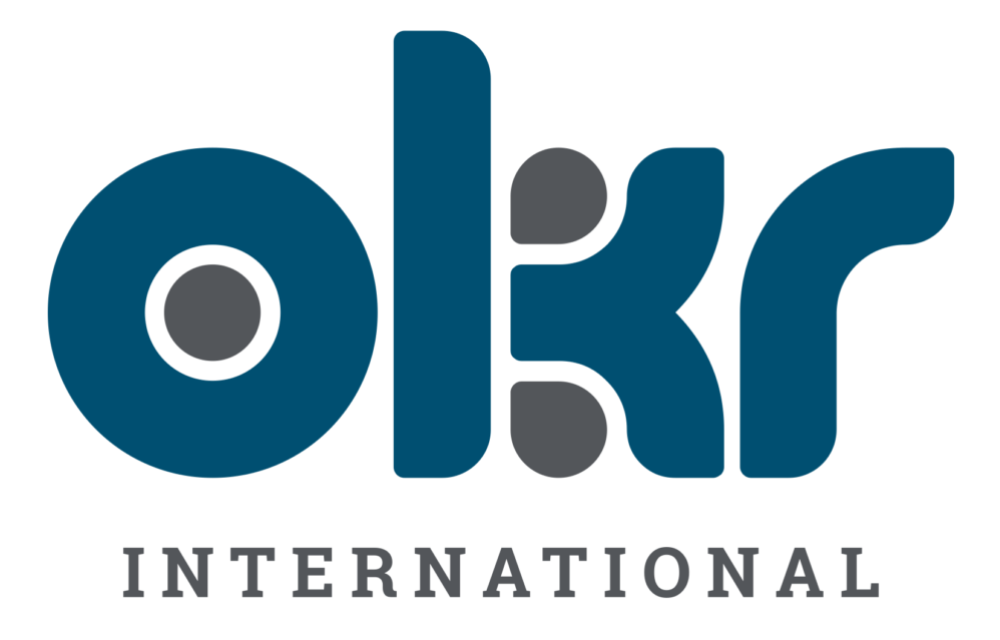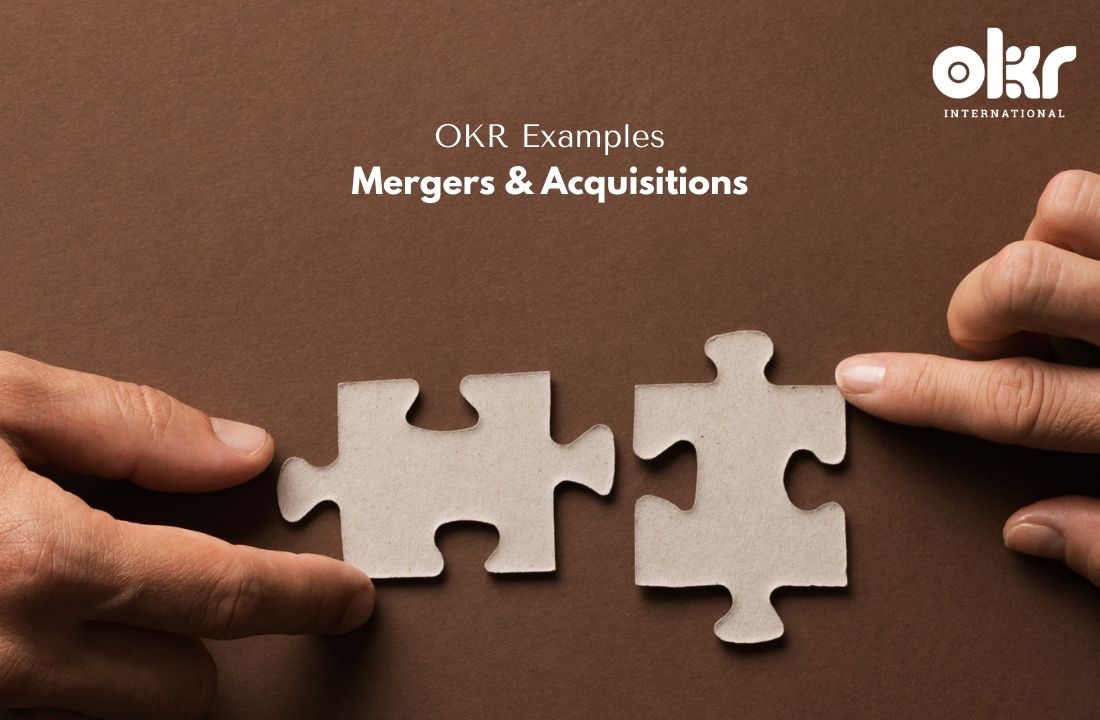10 Amazing OKR Examples in Mergers & Acquisitions
Mergers and acquisitions (M&A) are complex transactions that require careful planning and execution. OKRs can help organizations navigate the M&A process effectively and achieve their strategic goals. Here are ten amazing OKR examples in mergers and acquisitions that provide valuable insights for organizations aiming to excel in this area:
1. Identifying Target Companies
Objective: Identify potential target companies for acquisition.
Key Results:
- Conduct market research and identify 3 suitable target companies within the next quarter.
- Establish 3 strategic criteria for target company selection and evaluate potential targets against those criteria.
- Initiate discussions or preliminary negotiations with 10 target companies within the next six months.
2. Conducting Due Diligence
Objective: Conduct thorough due diligence on target companies.
Key Results:
- Develop 1 due diligence checklist and complete due diligence for all critical areas within a the next quarter.
- Identify and assess 5 potential risks and synergies associated with the target company.
- Prepare 1 comprehensive due diligence report with findings and recommendations.
3. Assessing Financial Viability
Objective: Evaluate the financial viability and attractiveness of target companies.
Key Results:
- Perform 1 financial analysis and assess the financial health and performance of target companies.
- Evaluate the potential return on investment (ROI) and ensure that the financial impact of the acquisition remains below 50%.
- Conduct 1 valuation analysis and determine a fair purchase price for the target company.
4. Establishing Integration Strategy
Objective: Develop a comprehensive integration strategy for the acquired company.
Key Results:
- Create 1 integration plan that outlines key milestones, timelines, and responsibilities.
- Identify 3 potential synergies and develop strategies to capture them post-acquisition.
- Conduct 1 stakeholder analysis and develop a communication plan for effective integration.
5. Achieving Regulatory Approvals
Objective: Obtain necessary regulatory approvals for the acquisition.
Key Results:
- Identify 3 regulatory bodies and 100% of requirements relevant to the acquisition.
- Prepare and submit 100% of required documentation for regulatory approval within the next quarter.
- Obtain 100% of regulatory approvals and clearances within the expected timeframe.
6. Integrating Cultures and Teams
Objective: Foster a seamless integration of cultures and teams.
Key Results:
- Develop a cultural integration plan and implement 5 initiatives to align organizational cultures.
- Facilitate cross-functional collaboration and establish 4 effective communication channels between teams.
- Monitor and measure 100% of employee satisfaction and engagement throughout the integration process.
7. Retaining Key Talent
Objective: Retain key employees from the acquired company.
Key Results:
- Identify 3 key employees critical to the success of the acquisition and develop retention strategies.
- Implement 2 retention programs and initiatives to ensure the engagement and retention of key talent.
- Monitor employee turnover rates and achieve an 80% retention rate for key employees.
8. Achieving Synergies and Cost Savings
Objective: Capture synergies and achieve cost savings through the acquisition.
Key Results:
- Identify and quantify 3 potential synergies in areas such as operations, supply chain, and technology.
- Develop and implement 3 initiatives to capture identified synergies and achieve cost savings targets.
- Track and measure the realized synergies and cost savings post-acquisition to keep it above 70%.
9. Integrating Systems and Processes
Objective: Integrate IT systems, processes, and infrastructure of the acquired company.
Key Results:
- Conduct 1 comprehensive IT systems assessment and develop an integration roadmap.
- Migrate data and integrate 3 IT systems to ensure seamless operations and information flow.
- Establish 3 common processes and workflows to optimize efficiency and productivity.
10. Monitoring Post-Acquisition Performance
Objective: Monitor and assess the performance of the acquired company post-acquisition.
Key Results:
- Establish 8 key performance indicators (KPIs) and track performance against predefined targets.
- Conduct 3 performance reviews in this quarter and identify 5 areas for improvement or corrective actions.
- Measure customer satisfaction through 3 surveys and monitor market share to evaluate the success of the acquisition.
By adopting these OKR examples in mergers and acquisitions, organizations can enhance their ability to identify suitable targets, conduct effective due diligence, achieve regulatory approvals, integrate cultures and teams, capture synergies, and monitor post-acquisition performance. These strategic objectives and key results serve as guiding principles for organizations seeking to excel in their M&A endeavors and drive long-term success.

When looking to set OKRs, it’s natural to want examples to ignite the thought process or simply compare yours to OKR Examples. Check out our compendium of OKR Examples here.
Explore Our Range of Services
Bring OKRs (Objectives and Key Results) to your organisation with our tried & tested OKR Framework.


OKR International’s highly acclaimed Certified OKR Practitioner Program is the first and only OKR accreditation endorsed by ICF & HRCI for continuing education units.
OKR International helps leaders create the alignment, engagement and result orientation needed for growth by offering OKR Advisory services.



